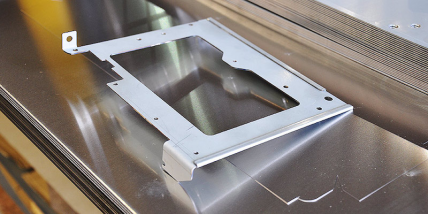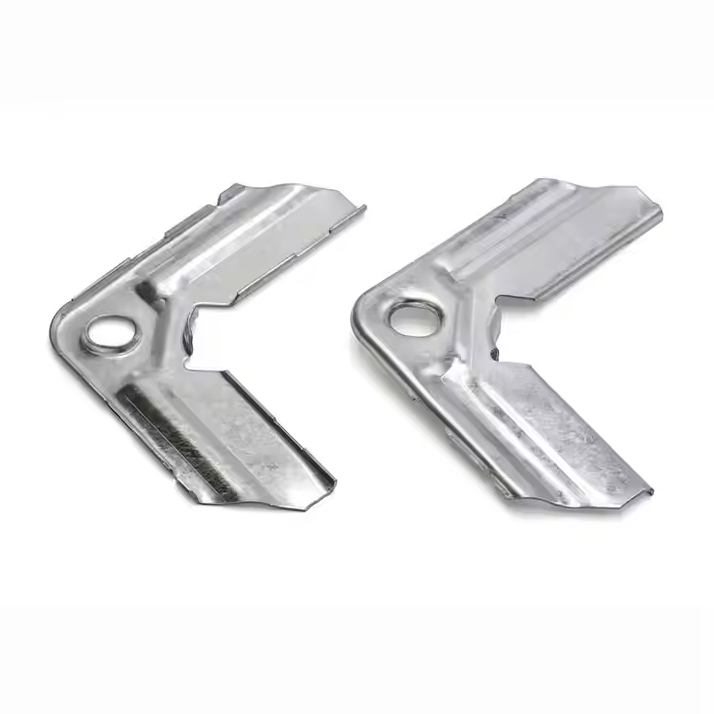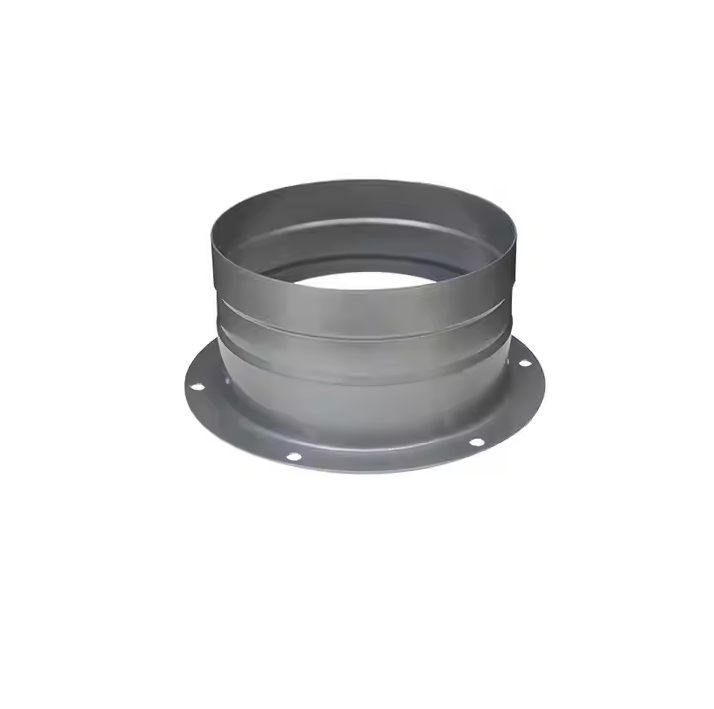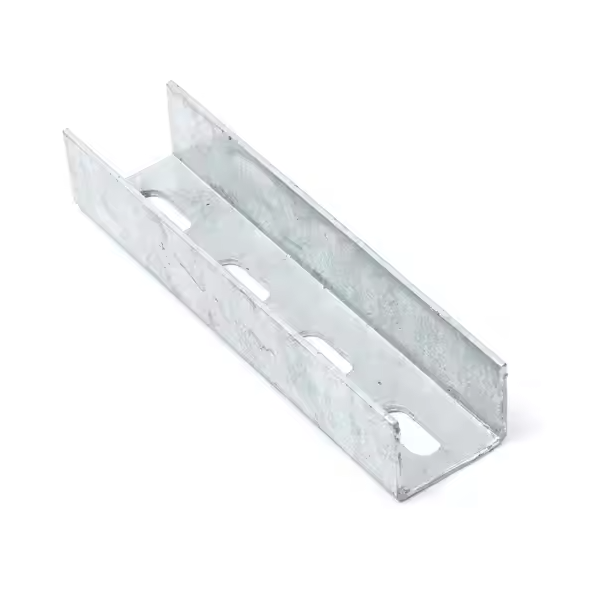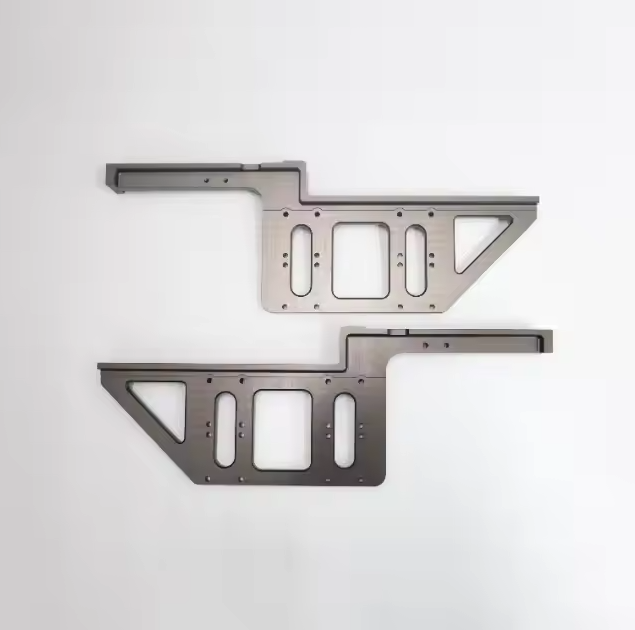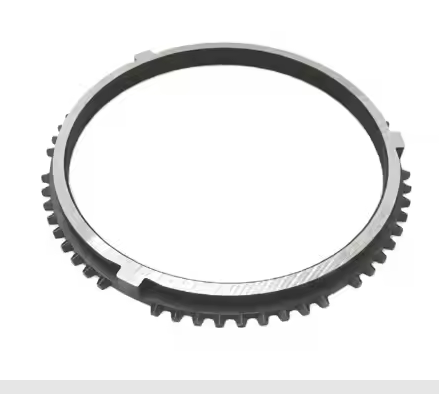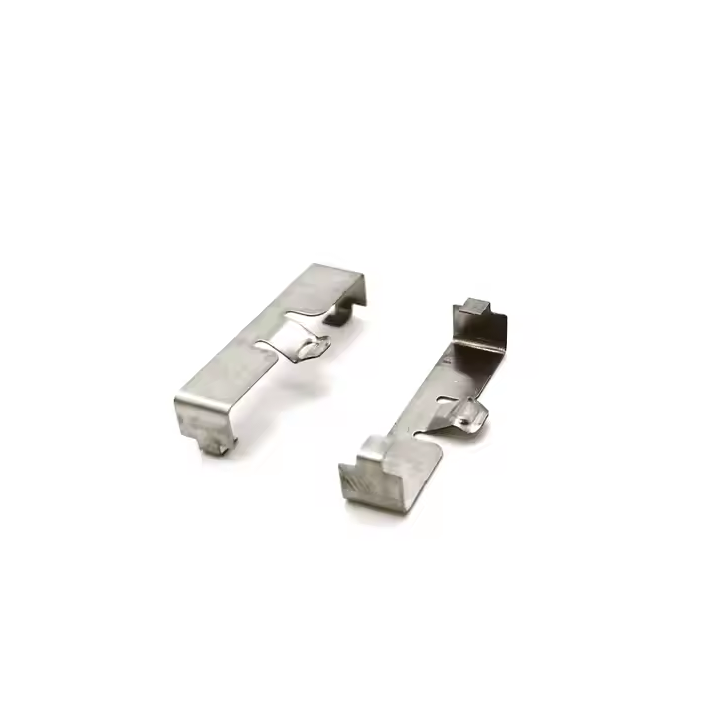In modern manufacturing, sheet metal processing technology has become an indispensable technical means for many industries due to its flexibility and efficiency. Among them, sheet metal curling, as a key process, is widely used in the fields of automobiles, home appliances, aerospace and electronic equipment due to its unique advantages of improving part strength, aesthetics and safety. Through reasonable curling design and precise process control, it can not only extend the service life of the product, but also meet the diverse industrial needs, highlighting the technological essence and innovative value of sheet metal processing.
Definition of sheet metal curling
Sheet metal curling is a common sheet metal processing technology, which means curling the edge of the sheet metal into a certain shape (such as semicircle, arc or straight fold) through specific equipment or molds, thereby improving the strength, durability and aesthetics of the parts.
The role of sheet metal curling
Increase the strength of parts
Crimping increases the rigidity and strength of sheet metal by changing the shape of the edge and prevents edge deformation.
Improve safety
Crimping wraps or bends sharp edges, eliminating burrs and sharp angles, reducing damage to people or other components.
Improved aesthetics
Crimping can make the appearance of parts smoother and more streamlined, improving the overall aesthetics of the product.
Easy to assemble
Crimping can play a positioning or sealing role when assembling components, facilitating subsequent installation.
Improved durability
Crimping can protect the edges of sheet metal, prevent premature wear or peeling of the edges, and increase the life of parts.
Process characteristics of sheet metal curling
Common curling types
Circular curling: The edge is curled into a circle, suitable for parts that require high strength and safety.
Right-angle curling: The edge is curled into a right angle to improve the rigidity of the part.
Conical curling: used for special parts or aesthetic needs.
Curling equipment and technology
Manual curling: suitable for small-scale production or special parts processing.
Automatic curling: through CNC bending machines, stamping machines and other equipment, suitable for mass production, high efficiency and good precision.
Material requirements
Common materials include cold-rolled steel plates, stainless steel plates, aluminum plates, copper plates, etc. The material must have a certain ductility to ensure that it is not easy to break during the curling process.
Size and shape control
The radius and width of the curling should be selected according to the part design requirements and process capabilities. Too small a radius may cause cracks or breaks.
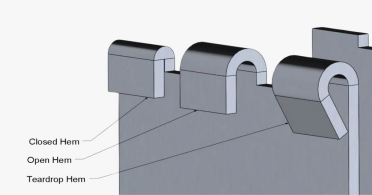
Application fields of sheet metal curling
Household appliances
Such as washing machines, air conditioner shells, etc., curling improves the shell strength and reduces sharp edges.
Automotive industry
Automotive sheet metal parts (door edges, roofs, fuel tank edges) often use curling technology to enhance structural strength and aesthetics.
Aerospace
Aircraft sheet metal parts use curling to ensure edge durability and safety.
Machinery manufacturing
Various equipment shells and sheet metal parts use curling to improve strength and convenience.
Electronic products
The curling of electronic equipment shells (such as chassis cabinets) can protect internal components while increasing structural stability.

Advantages and precautions of sheet metal curling
Advantages
Improve part strength and rigidity.
Improve appearance and eliminate edge burrs.
Increase part life and safety.
Reduce alignment errors during assembly.
Precautions
Material selection
Material with good ductility must be selected to avoid cracking or deformation during curling.
Process accuracy
The curling size and radius need to be strictly controlled, otherwise it may cause uneven curling or excessive stress concentration.
Equipment maintenance
When using CNC equipment, ensure the accuracy of the mold and equipment to obtain stable processing quality.
Surface treatment
After curling, the edge may need to be polished or coated to improve corrosion resistance.
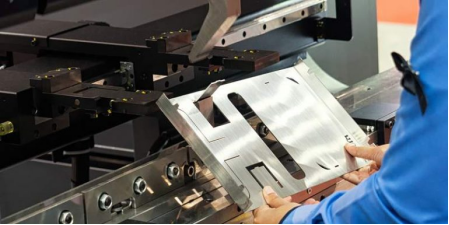
Sheet metal hemming is a practical and widely used sheet metal processing technology that provides a high-quality solution for various product manufacturing by increasing edge strength, improving appearance and eliminating safety hazards. Xuanmin can help you choose the best hemming technology based on your specific requirements. Our sheet metal processing services combine sheet metal hemming technology to produce high-quality metal parts that stand the test of time. Contact us now and let's work together!
